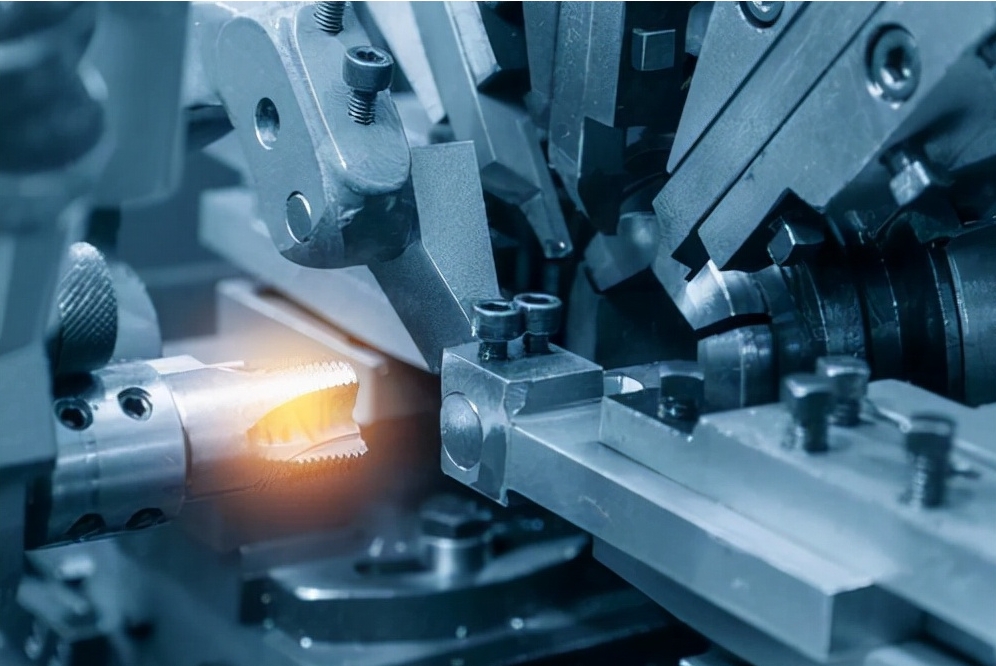Advancements in Laser Cutting Technology for High-Precision Sheet Metal Fabrication+ View more
Advancements in Laser Cutting Technology for High-Precision Sheet Metal Fabrication
+ View more
Date:2023-11-23 11:00
Introduction
Laser-cutting technology has transformed the sheet metal fabrication industry, enabling high-precision cutting with unparalleled accuracy and efficiency. This article explores the recent advancements in laser cutting technology, highlighting how it has revolutionized sheet metal fabrication processes. From improved cutting speeds and quality to increased material compatibility, the latest developments in laser cutting are reshaping the landscape of high-precision sheet metal fabrication.

1. Evolution of Laser Cutting Technology
Laser cutting has come a long way since its inception, evolving into a highly advanced and versatile process. Initially used primarily for thin materials, laser cutting technology now accommodates a wide range of sheet metal thicknesses. The introduction of new laser sources, such as fibre lasers and CO2 lasers, has significantly enhanced cutting capabilities, offering greater power, precision, and speed.
2. Increased Cutting Speeds and Efficiency
One of the major advancements in laser cutting technology is the substantial increase in cutting speeds. With higher-power laser sources and improved control systems, manufacturers can achieve faster processing times while maintaining precise cuts. These increased cutting speeds translate to improved productivity and reduced production lead times, allowing for efficient large-scale production and meeting tight project deadlines.
3. Enhanced Cutting Quality and Accuracy
Advancements in laser cutting technology have led to remarkable improvements in cutting quality and accuracy. Laser systems now incorporate sophisticated control algorithms, ensuring consistent and precise cutting results throughout the entire sheet. Additionally, modern laser-cutting machines employ real-time monitoring systems to compensate for any deviations or fluctuations in the material, resulting in clean edges, minimal heat-affected zones, and reduced post-processing requirements.
4. Expanded Material Compatibility
Another significant development in laser cutting technology is its expanded material compatibility. Traditional laser cutting methods were primarily suitable for metals like steel and aluminium. However, advancements in laser sources and cutting optics have widened the range of materials that can be effectively cut using lasers. Today, laser cutting is successfully applied to various materials, including stainless steel, copper, brass, titanium, and even non-metallic materials like plastics and composites.
5. Intelligent Control Systems and Automation
The integration of intelligent control systems and automation has further revolutionized laser-cutting technology. Advanced software and sensors enable real-time adjustments during the cutting process, ensuring optimal performance and minimizing errors. Robotics and CNC (Computer Numerical Control) systems have automated sheet handling, positioning, and loading, increasing efficiency and reducing operator intervention. This automation not only enhances precision but also allows for lights-out manufacturing, where operations can be carried out uninterrupted, improving productivity and reducing labour costs.
6. Opportunities for Complex Geometries and Customization
The advancements in laser cutting technology have opened up possibilities for complex geometries and customization in sheet metal fabrication. With high-precision laser beams, intricate designs with sharp corners, small holes, and fine details can be achieved without compromising accuracy or quality. Laser cutting also enables rapid prototyping, giving manufacturers the ability to quickly iterate and refine designs, facilitating customization based on customer requirements.
7. Sustainable and Eco-Friendly Practices
Laser-cutting technology aligns with sustainable practices in sheet metal fabrication. Compared to traditional cutting methods, laser cutting produces minimal waste due to its narrow kerf width, resulting in improved material utilization and reduced scrap generation. Additionally, laser cutting consumes less energy and emits lower levels of greenhouse gases, contributing to a greener and more environmentally friendly manufacturing process.
Conclusion
Advancements in laser cutting technology have propelled high-precision sheet metal fabrication to new heights. The increased cutting speeds, enhanced cutting quality, expanded material compatibility, intelligent control systems, and automation have transformed the way sheet metal components are manufactured. Laser cutting enables complex geometries, customization, and rapid prototyping while promoting sustainable practices. As laser cutting technology continues to evolve, it will undoubtedly contribute to further advancements in high-precision sheet metal fabrication, driving innovation and efficiency in the industry.
Share to:
Recommend wonderful blog posts

